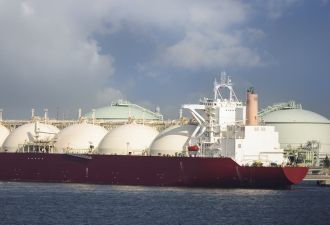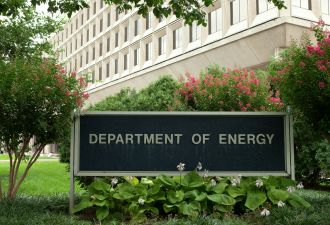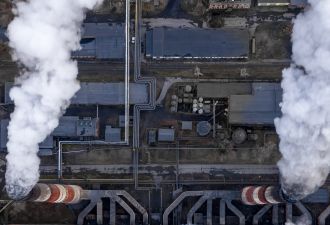Zero-carbon aviation startup ZeroAvia has raised $37.7 million from a host of backers including Bill Gates’ Breakthrough Energy Ventures, Amazon Climate Pledge Fund and Shell Ventures.
Series A funding was led by Breakthrough Energy Ventures and Ecosystem Integrity Fund, with Amazon, Shell, Summa Equity and Horizons Ventures following on.
The funds will be used for the ongoing development of its ZA-600 hydrogen fuel cell powertrain, which converts hydrogen into electricity to power a motor to spin a propeller. The firm said the ZA-600 is capable of powering a 10- to 20-passenger plane for a flight of 575 miles.
The tally announced Wednesday also includes a $16.3 million grant from the U.K. government for the "Hyflyer II" project, which will see ZeroAvia build a commercial 19-seater hydrogen plane by 2023. ZeroAvia is targeting a range of 500 miles for 20-seaters by 2023 and the same distance for 100-seater aircraft by 2027.
In September this year, the HyFlyer I project was completed with a six-seater hydrogen-fueled plane taxiing, taking off, circling and landing again. The final stage of the firm’s work with six-seater planes will be to complete a 250-mile trip.
“We have letters of intent from around 15 airlines, mostly regional operators, but we’re starting to see commitments from the majors as well,” Val Miftakhov, CEO of ZeroAvia, told GTM in an interview, adding that all those letters of intent included orders for powertrains once certification criteria had been met.
British Airways signed a partnership with the company shortly after Miftakhov spoke with GTM.
Miftakhov is an alumnus of the low-carbon transport space, having founded, led and sold eMotorWerks to Enel. The company is now known as Enel X.
He’s also a licensed pilot. Part of the drive behind the company is to enable people to continue flying, minus the damage to the environment. “We don’t want technology to restrict people’s choices,” he said.
Getting hydrogen-electric planes off the ground
ZeroAvia’s first commercial product will be the powertrain for 20-seater planes. About 10,000 such planes are operating in the market today, commonly used in hub-and-spoke operations such as air freight, where the planes are returning to a central depot on fairly predictable schedules, he said. Amazon Air, the retail giant's freight fleet, has around 70 aircraft in operation.
To get to larger sizes, the company has to increase the power density of the fuel cells.
“The power density is around 3 kW per kilogram for a small [rotor] turbine. For a Boeing 777, that figure needs to be around 10 kW per kg. In the automotive sector today the density is 0.7 kW per kg. As we work on that, increasing it further and further, we get more segments unlocked,” he said.
Aviation is a sector having a particularly hard time during the COVID-19 pandemic. Miftakhov said that the industry’s silver lining could be an accelerated effort in dealing with its emissions.
“Governments are pushing the industry,” he said, so when they ask for assistance during the crisis, the rejoinder is, "We need to see you tackle your emissions." Having working prototypes of zero-emissions aircraft from multiple companies helps to get policymakers on-board by demonstrating that the technology is on the way.
“We’re already flying our prototypes. We have the world's largest hydrogen-electric aircraft in the air," he said. "So we're not just making projections or running around with PowerPoints; we're actually doing it. And we have a pretty good idea how to achieve a big competitive position in three years with an actual commercial product."
Local green hydrogen is the fuel of choice
The other piece of the puzzle ZeroAvia is project-managing is the infrastructure for refueling, though it leans on existing technology developed by other companies and partners. (Note the presence of Shell Ventures on the list of backers.)
“The first question the operators ask when you pitch this new propulsion system is, ‘Where is the fuel going to come from?’ We’re taking a page out of the Tesla book with their Superchargers. We want to guarantee that supply,” said Miftakhov.
Trucking hydrogen fuel is an expensive proposition, so Miftakhov said production is likely to be local with renewable power being piped into the airports instead. He points to the cost of hydrogen for vehicles in California, which grows from about $1 per kilogram to produce to $15 per kilogram for end users because of the logistics involved.
Instead, he backs modular electrolysis units powered by renewable energy. In his view, green hydrogen is today where solar PV was 15 years ago, and he expects history to repeat itself in terms of driving down costs over the next 15 years.




